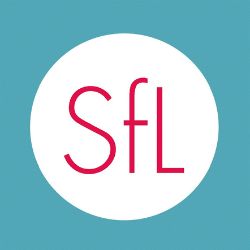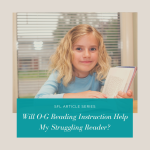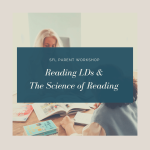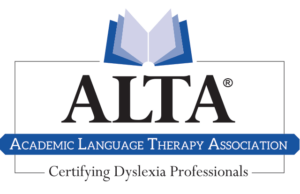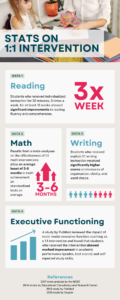No products in the cart.
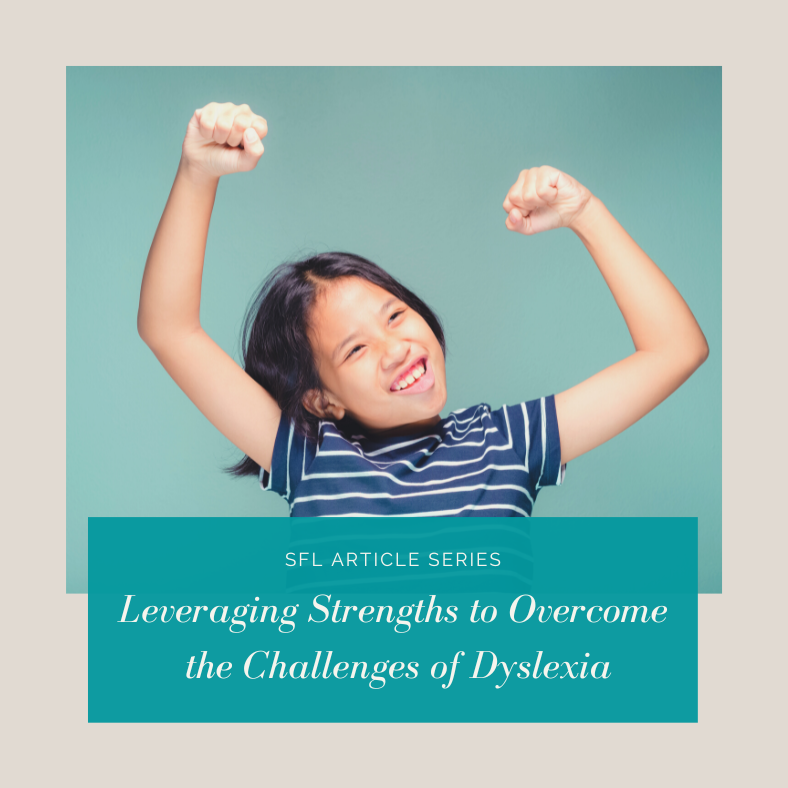
Written by Stephanie Broytman, M.A.
Conceptualizing Dyslexia as an Island in the Sea of Strengths
The “Sea of Strengths” is a model that focuses on understanding and addressing dyslexia in individuals. Dr. Sally Shaywitz, M.D., a prominent dyslexia researcher and co-director of the Yale Center for Dyslexia and Creativity, developed the concept. The Sea of Strengths model emphasizes the importance of identifying and leveraging an individual’s strengths to overcome the challenges associated with dyslexia.
The Sea of Strengths model recognizes that individuals with dyslexia face unique challenges in reading and writing. It also emphasizes that dyslexia is not a measure of intelligence or potential. The model encourages individuals to focus on their strengths and develop strategies to overcome challenges rather than feeling defined by their dyslexia.
According to the Sea of Strengths model, individuals with dyslexia have an encapsulated weakness in decoding words and impaired phonologic functioning. This weakness can mask what are usually strong comprehension skills. For example, a young child with dyslexia presented with the word “volcano” might not be able to decode the word. When presented with a picture of a volcano, they may point to it and say a similar-sounding word, such as “tornado.” However, if asked in class what a volcano is, they will likely be able to define this word and provide several important facts and details about the topic. The weakness in phonology is surrounded by several areas of relative strength, including reasoning, critical thinking, problem-solving, general knowledge, and concept formation. People with dyslexia have unique talents and strengths that can be leveraged to overcome their challenges. For example, individuals with dyslexia often have very strong visual-spatial skills and creativity, which can be valuable assets in fields such as art, design, math, and engineering. The model encourages individuals to identify and build on these strengths while developing strategies to improve their reading and writing skills.
It is imperative that families place emphasis not only on remediating the phonological weakness with a researched-based intervention (such as Orton-Gillingham) but also identifying and accessing the higher-level thinking and reasoning strengths the child possesses. Remember that this isolated weakness, while undoubtedly influencing most areas of schooling, is only one small part of a very large picture. Do not overlook the child’s strengths. People with dyslexia are often creative, empathetic, imaginative, and out-of-the-box thinkers. Some are genuinely gifted, working high above grade level in math, science, art, music, or technology. Many of the world’s most successful people are dyslexic thinkers because they were able to access and use these strengths and had champions around them who saw their talents and nurtured them.
The Sea of Strengths model offers a positive and empowering approach to understanding and addressing dyslexia. By focusing on strengths and showing children how to leverage them, we give our students with dyslexia a distinct advantage as they move through school and into the workforce. People with dyslexia should not be defined by their deficits, but by the unique gifts they bring to the classroom, family, and society
Learn more about how SfL Clinicians use Orton-Gillingham based reading instruction to support students to become confident readers.
Additional Resources:
